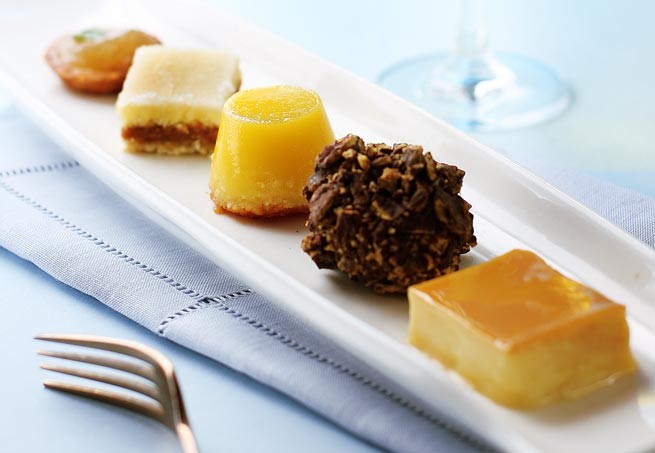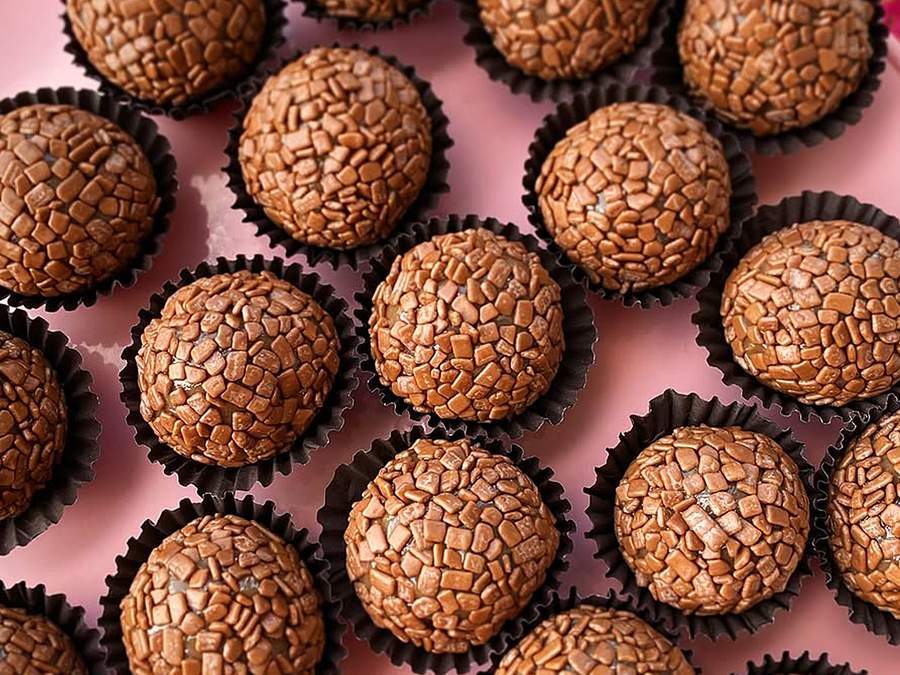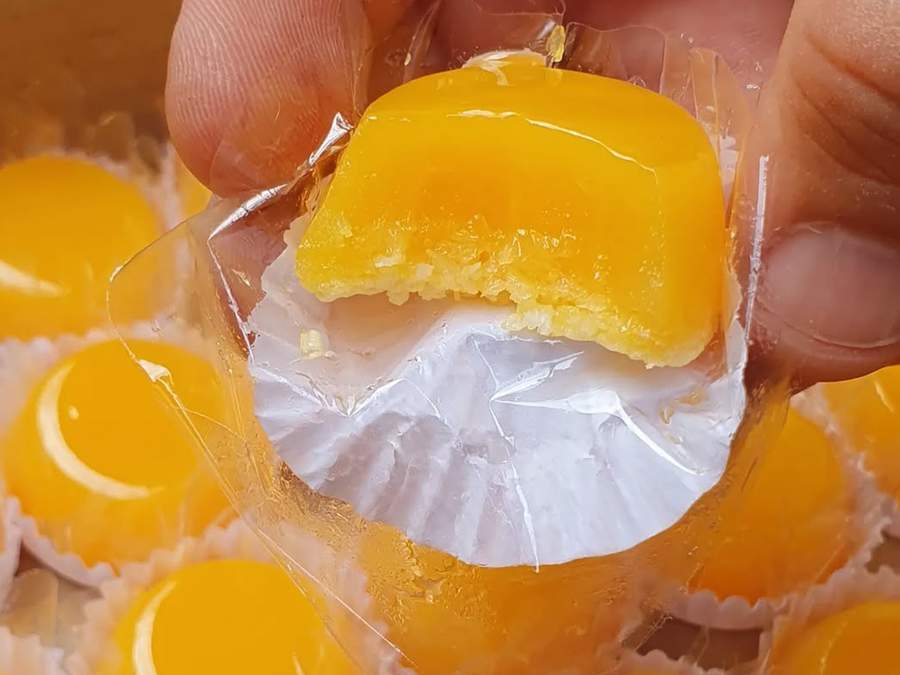❤️ BRAZILIAN SWEETS ❤️
Get ready for a delicious culinary journey!
A SHORT HISTORY ABOUT THE ORIGIN OF BRAZILIAN SWEETS

Brazilian sweets started to appear in the colonial period, especially from the 18th century with the large-scale installation of sugar mills in the country. The first legitimate Brazilian desserts were tropical fruits, such as mango and star fruit, drizzled with honey. The banana with orange was the main dessert during the early colonial period; it is also possible to highlight, at this time, cajuada, bananada, cocada and merengues. And roasted or fried bananas with cinnamon are also popular. Portuguese religious kept the egg-based recipes they prepared in their country of origin, but adding Brazilian ingredients. Thus sweets such as quindim, papo de anjo, ambrosia, bom-bocado, delicatessen and pudding appeared. The use of eggs was due to the fact that Portugal was the main producer in Europe between the 18th and 19th centuries. In each region of the country, typical recipes were then developed according to the food that was found in abundance in each place. Thus, the habit of eating certain types of sweets became part of local customs, making desserts an important part of Brazilian cuisine.



